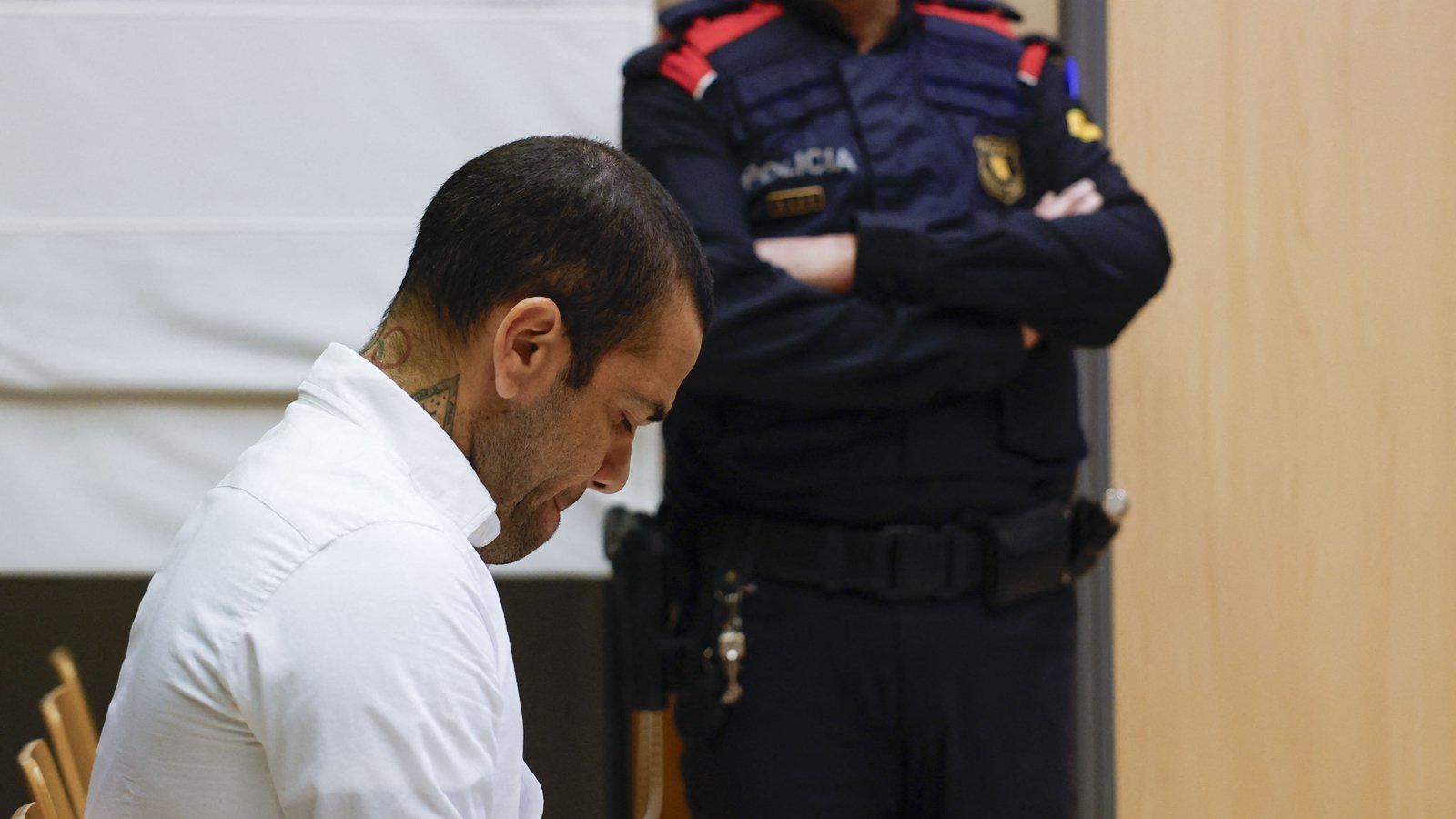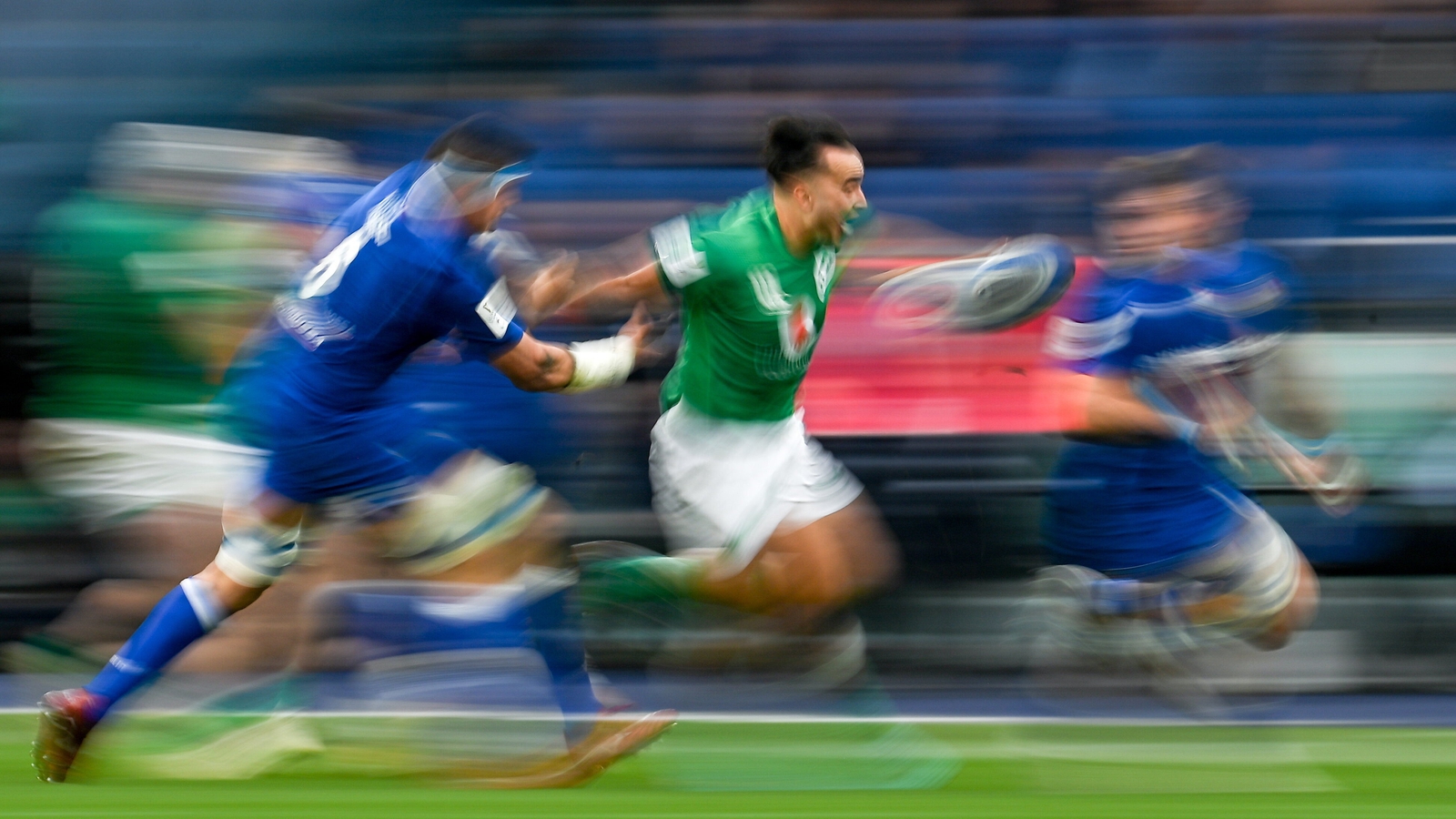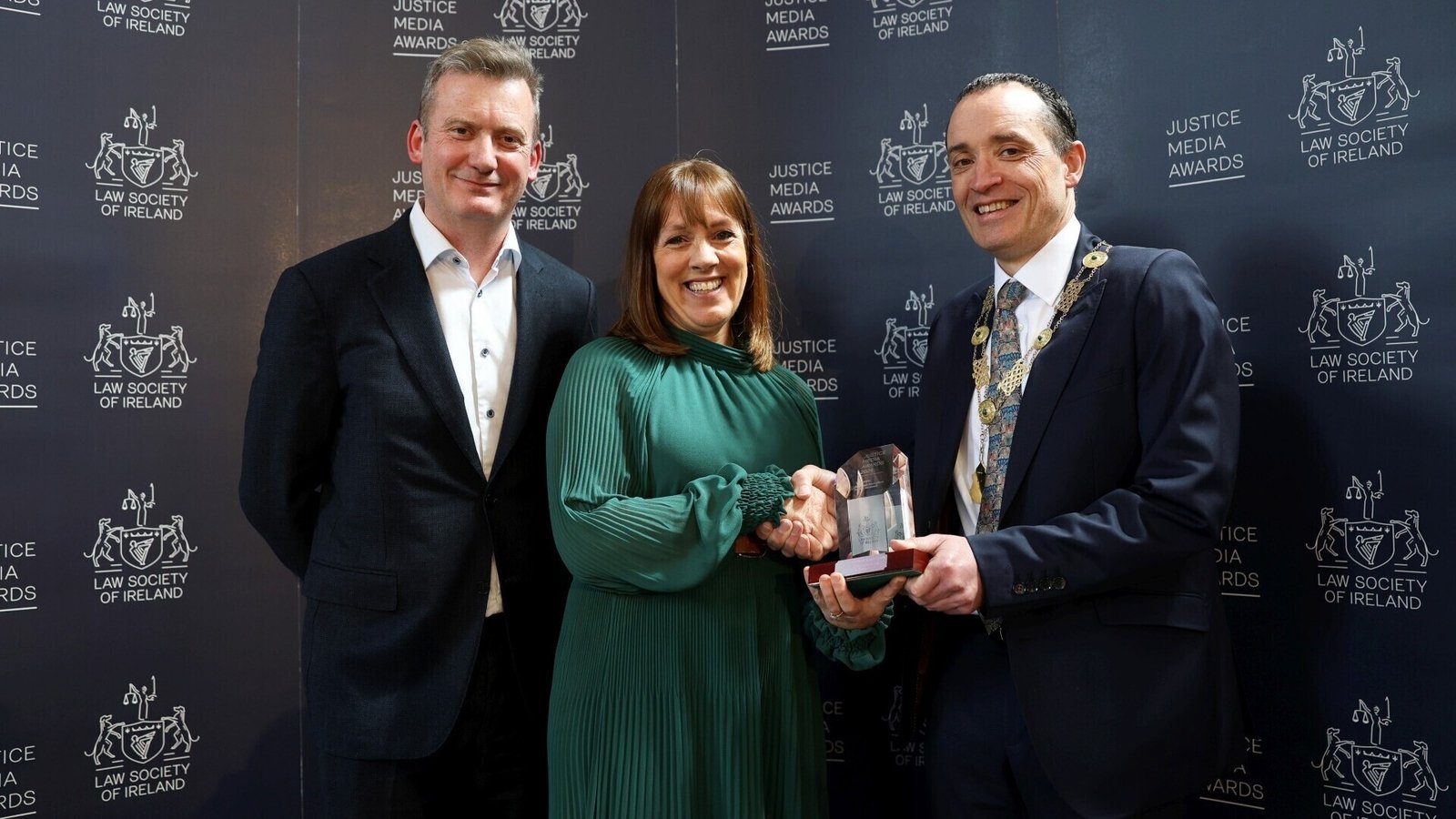Ukraine, the West and Putin
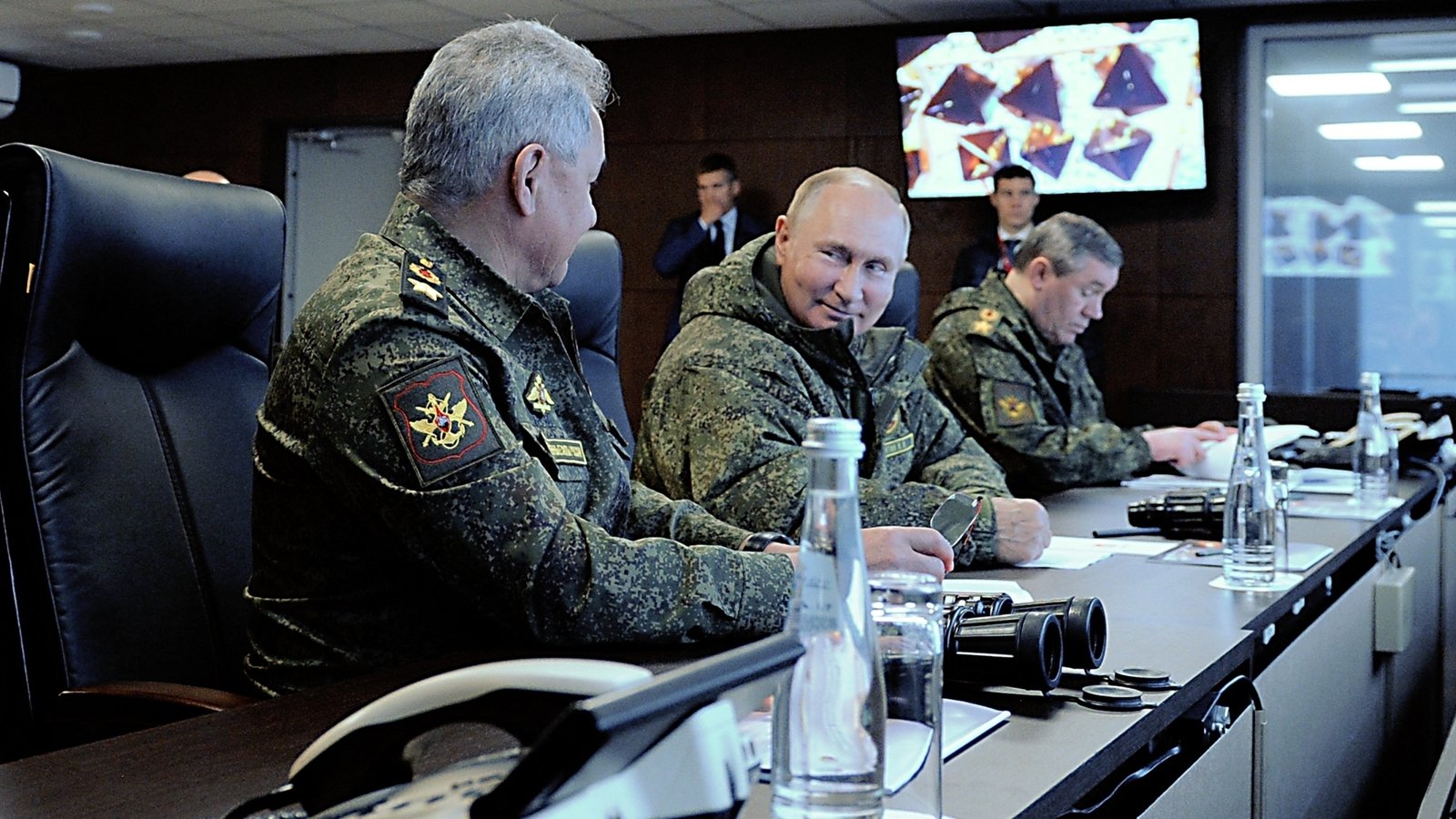
This week RTÉ News is carrying a series of reports across digital, radio and television looking at the situation in Ukraine two years after the Russian invasion.
16 February may come to be regarded as a key date in Russia’s war on Ukraine, and a chilling inflection point for European security.
Exactly one week before the second anniversary of the invasion, Alexei Navalny was pronounced dead at the prison in Yamalo-Nenets in Western Siberia where he was serving a 19-year sentence.
Even though Russian President Vladimir Putin had ensured that Mr Navalny, who had mobilised mass and enthusiastic opposition to him a decade ago, was physically out of sight, his fleeting appearances at court hearings kept the flame of dissent flickering.
“For Russian society, confused, depressed, and constantly besieged by an ever more repressive regime, Navalny was a lone unifying figure,” writes Andrew Soldatov and Irina Borogan, authors of ‘The Compatriots: The Russian Exiles who Fought Against the Kremlin’, in Foreign Affairs.
“Although Russian authorities isolated him in increasingly restrictive layers of confinement since his arrest on his return to Russia in 2021, he continued to have that stature right up to the moment of his death.”
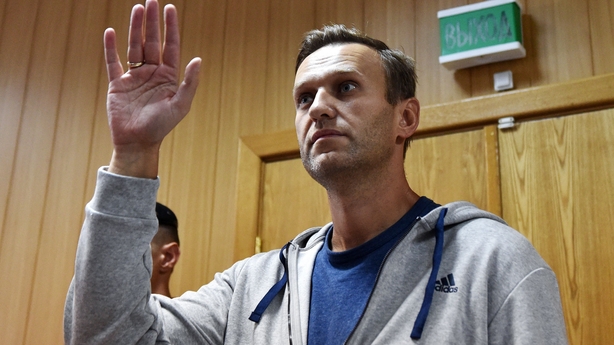
That death was announced just 24 hours before Avdiivka in eastern Ukraine fell to Russian forces, a strategic setback for Ukrainian troops who had been defending it amid a horrific shortage of artillery ammunition since October.
Both events have coalesced with prevailing concerns about the US commitment to Ukraine, and to European security.
House Republicans continue to block a $60 billion military aid package and Donald Trump has warned he would not, as president, defend Europe if attacked by Russia (and NATO members had not increased their defence spending).
The mood at last weekend’s Munich Security Conference was therefore beyond sober.
Ukraine fatigue seemed now to be producing real world results – in Mr Putin’s favour – on the battlefield.
Ukraine’s President Volodymyr Zelenskyy told delegates: “Do not ask Ukraine when the war will end; ask yourself why Putin can continue it.”
Mr Putin is not just continuing the war, but the fall of Avdiivka has given him momentum in time for the second anniversary.
In its initial thrust, the Russian military operation in February 2022 failed to capture Kyiv and decapitate Ukraine’s civilian leadership.
Instead, Mr Putin settled for seizing the Donbas and deepening Russia’s defences for a long-term war of attrition that would wear down both Ukrainian military and Western resolve.
Simultaneously, Russia pummelled energy infrastructure in wintertime and launched mass drone and missile attacks against population centres, to break civilian resolve.
Ukraine’s swift recapture of large swathes of Kharkiv and Kherson in the late summer of 2022 boosted expectations that a counteroffensive last summer could see Ukraine troops punch a hole south through Zaporizhzhia to break Russia’s land bridge to Crimea.
“The 2023 summer offensive, which dragged into autumn, was unsuccessful,” wrote military analysts Michael Kofman and Franz-Stefan Gady in the ‘Survival, Global Politics and Strategy Journal’.
“Planning for the offensive appears to have been overly optimistic and poorly connected to how the Ukrainian armed forces actually fight, despite numerous analyses warning that the operation would prove costly and difficult, and that manoeuvre warfare was unlikely to attain a quick breakthrough against a well-prepared defence.”
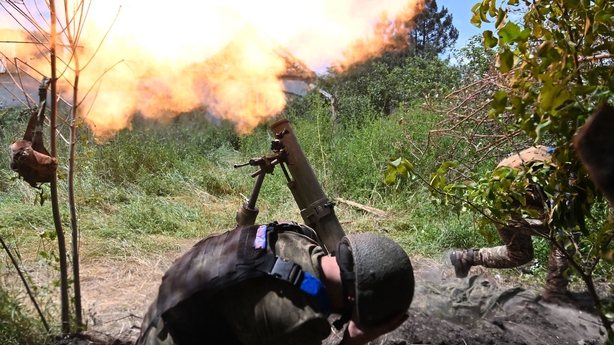
As artillery supplies declined on the Ukrainian side, the conversion of Russia to a war economy was delivering a distinct numerical advantage both in terms of men and weapons.
At the start of 2023, Russia had 360,000 troops in Ukraine, rising to 410,000 when the counteroffensive started.
By the start of this year, that had risen to 470,000.
Having greater numbers means Russia can suffer atrocious casualties and still rotate units to keep the front line intact, while inflicting heavy losses on Ukrainians who do not have the same numbers.
According to the Royal United Services Institute (RUSI), Russia has a huge advantage in terms of combat equipment, holding nearly 5,000 barrel artillery pieces, 2,000 tanks and 7,000 armoured fighting vehicles, as well as large numbers of attack helicopters and fighter jets.
Russia is expanding production lines at existing facilities and bringing previously mothballed plants back online, producing more tanks and other vehicles, as well as Iskander ballistic and cruise missiles at a greater rate than before the war.
On one level, it looks like Mr Putin’s game plan is succeeding: the West is divided and unable to arm Ukraine’s military quickly enough; politicians on the far-left and right are inserting Kremlin talking points into the European debate, adding to the sense of division and fatigue; Russian troops are better organised and equipped on the battlefield.
“Russia still maintains the strategic objective of bringing about the subjugation of Ukraine. It now believes that it is winning,” wrote Dr Jack Watling and Nick Reynolds in the RUSI report.
“Surrender terms currently being proposed by Russian intermediaries include Ukraine ceding the territory already under Russian control along with Kharkiv, and in some versions Odessa; agreeing not to join NATO; and maintaining a head of state approved by Russia.
“Once military aid has been significantly limited such that Ukrainian munition stocks become depleted, Russia intends to initiate further offensive operations to make significant – if slow – gains on the battlefield. These gains are then intended to be used as leverage against Kyiv to force capitulation on Russian terms.”
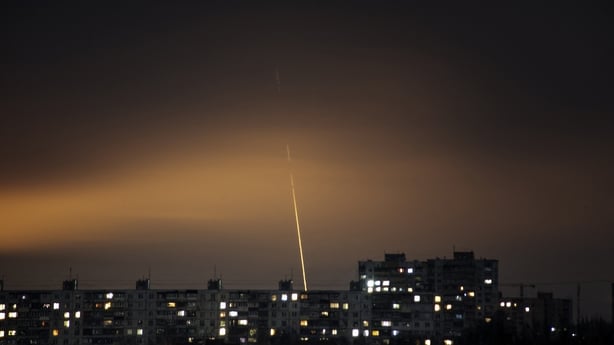
According to this analysis, Mr Putin could expect victory by 2026, meaning either a dismembered, or a subjugated Ukraine, which could arguably become a failed state on Europe’s borders, with millions more refugees.
However, the Kremlin is also facing problems.
Ramped up military production is still hampered by a strong reliance on old stocks of tanks and armoured fighting vehicles which are being upgraded rather than being manufactured new.
RUSI estimates that Russia will have worn down these stocks by 2026.
Russia faces a similar problem in artillery shells. The Russian Ministry of Defence (MoD) estimates it needs to produce four million 152mm and 1.6 million 122mm shells in 2024 in order to make significant territorial gains next year.
However, according to RUSI, industry is expected to produce only 1.3 million 152mm shells and 800,000 of the 122mm shells required.
As such, it is estimated that Russia will need to resort to stored shells, much of which may not be in good condition.
The MoD does not believe it can significantly raise production unless there are new factories with greater investment in raw materials, and a lead time of more than five years.
“To further compensate for shortages, Russia has signed supply and production contracts with Belarus, Iran, North Korea and Syria, with the latter only able to provide forged shell casings rather than complete shells,” according to RUSI.
“Although the injection of around two million 122mm rounds from North Korea will help Russia in 2024, it will not compensate for a significant shortfall in available 152mm munitions in 2025.”
Europe, of course, has its own problems. The EU industry commissioner Thierry Breton pledged one million shells for Ukraine by the end of March this year.
So far, Kyiv has only received half that amount, although Mr Breton says the capacity is now there to hit the target.
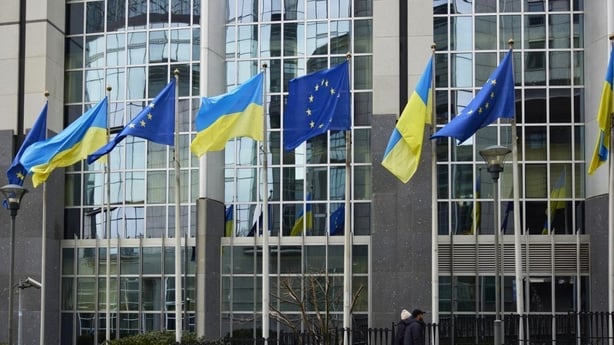
Russia’s other problem is its dependence on Western-sourced components for complex weapons like missiles, and this is the primary focus of EU and G7 sanctions (the EU has just adopted its 13th round of sanctions).
“The objective of sanctions is firstly, to deny Russia access to the technology to make sophisticated military kit,” the EU sanctions envoy David O’Sullivan, a former senior Irish official in the European Commission, told RTÉ News at the Munich Security Conference.
“Secondly, [it’s to] try to reduce the revenue available to the Russian government to fund this war. And thirdly, to impose a fairly high economic cost on the Russian economy.
“Across all three of those objectives, we have been successful. The problem is that the impact takes time to be felt, so we just have to keep on with these sanctions, enforcing them and implementing them as best we can and, where we see the need to do so, reinforcing them.”
Mr O’Sullivan’s team has focused on a “battlefield” list of up to 300 high priority products.
These are identified by the Ukrainian military by collecting the remnants of drones, missiles and artillery shells on city streets or in combat zones.
Inside are often found Western-made components – chips, circuits, flash memory cards, optical readers – that make the weapons smarter and more lethal.
The effort appears to be having some effect.
RUSI estimates that the cost to the Russian defence sector of getting such components has risen by 30%.
Supplies have been stabilised, rather than expanded, thanks to Russia’s ability to get around sanctions.
That is the West’s biggest concern: sanctions circumvention, and it is what sends Mr O’Sullivan and G7 colleagues around the globe to convince governments not to facilitate the Russian war effort.
The EU’s sanctions are not a full trade embargo since Russia can still sell oil -subject to a price cap – as well as agricultural and fertiliser products, but this is the biggest set of restrictions Europe has ever imposed on another country, covering 60% of Russian imports and 55% of European exports to Russia.
Compared to sanctions against Iran, these measures deeply affect swathes of the domestic EU economy and impose a significant enforcement burden on member state authorities, from customs, to police, to ports, to civil servants.
As such, circumvention could be down to carelessness in EU member states, as well as a deliberate enterprise by middlemen and third countries not bothered by Russia’s invasion.
“Where there are sanctions there will be circumvention,” says one senior official.
“Where there is money to be made by European companies, by American companies, money to be made by middlemen, and a Russia that is willing to pay a premium to get goods through irregular routes which they previously got through normal trade flows, there will be circumvention.
“Anti-circumvention starts at home. The primary responsibility lies with member states, and in the daily grind of looking at the trade flows, looking at which companies are involved in Russia who are now exporting to other countries. Are they really doing the due diligence needed to make sure that these goods are not being diverted?”
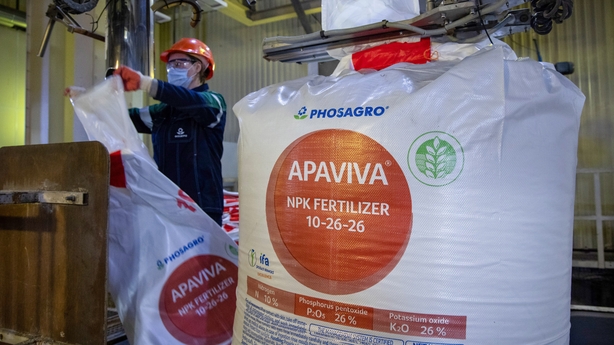
The starting point is identifying a sudden spike in trade from an EU member state to a country neighbouring Russia, and a subsequent spike in that country’s exports to Russia.
Ireland exported €627 million in goods to Russia in 2021, and imported €600 million. In 2023, exports were worth €472 million and imports €73 million, a decline of 14% and 73% respectively.
However, last autumn the Irish and Sunday Independent both reported a surge in exports from Ireland to countries in Russia’s orbit – including Kyrgyzstan, Armenia, Georgia, Kazakhstan, Azerbaijan, Turkmenistan and Uzbekistan – compared to 2021, based on CSO figures.
Exports to Kyrgyzstan in 2023 were, for example, worth over €4.5m – almost 5,000% ahead of trade in 2021, before the war, while in 2022 trade grew from €89,000 to €3 million.
Trade to Armenia rose by over 1,000%.
The Department of Enterprise and Trade said the countries were “not subject to EU restrictive measures”.
The European Commission regularly circulates trade data to member states, including Ireland, and there are contacts with the Departments of Foreign Affairs, Enterprise and Trade, and with the Revenue Commissioners.
Whatever the produce going from Ireland to Kyrgyzstan, what the authorities are really on the lookout for are goods that will go straight into the Russian war effort.
However, dissuading Russia’s neighbours from acting as middlemen is not easy diplomacy, and in most cases the leverage is limited to warnings about reputational damage.
Often this approach works, but the circumvention will then drift eastwards in a game of whack-a-mole. The latest sanctions package targets four companies registered in China and one each registered in Kazakhstan, India, Serbia, Thailand, Sri Lanka and Turkey.
The EU’s 13th sanctions package is expected to target four Chinese companies allegedly providing hi-tech components to Russia.
Officials say they are all the time getting a better picture of the middlemen, companies and countries involved, and have better statistical analyses.
The results, however, are incremental rather than spectacular.
“You discover one entity,” says one official. “They dissolve it and create another. But it’s always harder, slower, more expensive. Every time you shut off one route they have to invent another. They’re very ingenious, but it takes longer and gets a bit more complicated.
“And it becomes more expensive, because there are more middlemen involved. The harder it gets, the more the middleman wants a percentage, because he knows that he can get more money out of the Russians for doing the job. I used to get a 10% commission: now I can ask for 20% to 30%.”
The EU anti-circumvention operation relies on officials in the European Commission’s trade, financial services and customs divisions.
That amounts to around 75 people, compared to the 700 staff working on Russian sanctions in the Biden administration.
Are they working?
“If, like Putin, you send 200,000 troops across the border of Ukraine to start a war,” says one official, “You’re not going to be dissuaded by a few sanctions, not even the seizure of your central bank assets. But the impact of these sanctions over time is highly damaging to the Russian economy.”
Russia’s economy did not suffer as badly as had been expected, shrinking by only 2.1% in 2022.
The Russian central bank intervened repeatedly to raise interest rates to stabilise the ruble.
The G7 oil price cap, implemented thanks to Western dominance in shipping and maritime insurance, has dented revenues, but Russia’s creation of a shadow fleet of end-of-life tankers which are flagged outside the EU, and which have questionable insurance, have helped the Kremlin blunt the effectiveness of the cap.
The Kyiv School of Economics (KSE) believes that towards the end of 2023, Russia’s crude oil exports increased due to weaker compliance with the price cap.
If Russia can ship more oil, then it earns more foreign currency which in turn stabilises the ruble.
“On the fiscal side, revenues from oil and gas rebounded strongly due to higher export prices, robust volumes, and the weaker ruble,” says the KSE report. “At the same time, non-oil and gas receipts are up as Russia’s economy has proven to be resilient and bounced back from the initial shock from the war and sanctions.”
EU officials, however, suggest that Russia’s economy is running on parallel tracks, with huge military spending that is not sustainable in the long run.
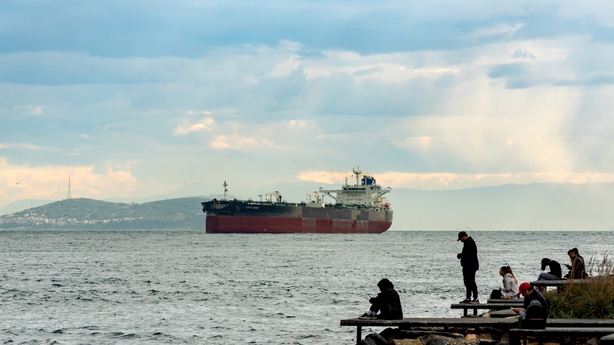
“There is a kind of steroid, artificially high level of growth which is largely driven by massive investment in the war machine,” said one senior source.
“But if you look at what’s happening underneath, all the indices are negative. The government surplus is now in deficit. They still get revenue from oil and gas, but it’s down. The economy has been cannibalised. 30% of public expenditure now goes to the military, somewhere between 6-8% of GDP is now on military expenditure.”
Add to that the flood of labour overseas and, through huge mobilisations, to the Ukrainian front, the productive sectors of education, investment and research are all being starved of human talent.
“Russia can sustain this situation for probably another year, maybe a year and a half. But sooner or later, there’s a financial reckoning coming,” says the source.
There will be many reckonings over the next two years.
Mr Putin is operating on a calculus of intensified military production, sanctions circumvention and political fatigue in the West – naturally, he does not have to worry about war fatigue at home – that will provide a strategic advantage on the battlefield and, eventually, at the negotiating table.
Ukraine is banking on the continued military, economic and political support from Western governments who are sometimes divided, distracted by energy prices and elections, and who do not have Mr Putin’s luxury of disregarding public opinion.
“The Russian theory of victory is plausible if Ukraine’s international partners fail to properly resource [its armed forces],” warn Dr Jack Watling and Nick Reynolds in the RUSI report.
“However, if Ukraine’s partners continue to provide sufficient ammunition and training support to the Armed Forces of Ukraine (AFU) to enable the blunting of Russian attacks in 2024, then Russia is unlikely to achieve significant gains in 2025.”
By this estimation, from 2026 onwards, the attrition of Russia’s war machine will start to count in Ukraine’s favour – but only if Western resolve holds.
That particularly applies to sanctions.
“These sanctions will be here for a long time,” says one senior figure familiar with the issue.
“We should not be under any illusion that they’re going to disappear if there was a cessation of hostilities anytime soon. There are going to be so many issues to be resolved with Russia: war crimes, accountability, the cost of rebuilding Ukraine. Sanctions relief will certainly be a part of any such negotiation. But it will come slowly – very slowly – and that is something we’re going to have to get used to.”
One factor in Ukraine’s favour could be the sudden coming to that Mr Putin’s invasion and Mr Trump’s threatened abandonment of Europe has prompted in EU capitals when it comes to defence.
“You’re seeing a sea-change,” says Fiona Hill, a Russia specialist with the Bush, Obama and Trump administrations and currently Senior Fellow at the Brookings Institution.
“The death of Navalny has really sunk in, and also the statements coming out of the United States that Europe is really going to have to step up. It’s not just a question of Ukraine – that is the vital issue of the moment – but there’s a longer-term problem here: Europe just can’t be asleep anymore.”
A senior EU official puts it another way.
“History will judge how we deal with the situation. The challenge which Mr Putin’s full scale invasion has put to everything that we believe in, and that we have created on this continent, is so deep, that we really have to be willing to push back, and to show that we’re in this for the long haul, and that we too, are willing to endure, and to persist in the way that Mr Putin keeps telling us he’s willing to endure and to persist.”


